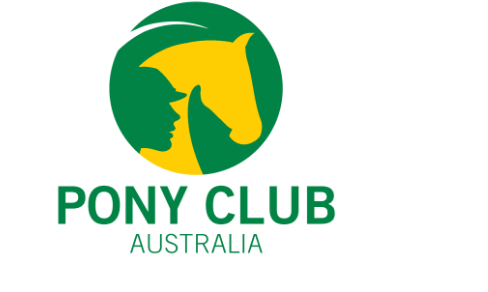By Fiona Dearing, Bit Right Equine Bit Fitting*.
People often book a bitting consult because they’ve come up against a training challenge, and they’re keen to see if a change in their bit will assist them through it.
I’m always quick to let them know that a bit—or any other piece of equipment, for that matter—is not always the answer to solving a training glitch. That said, ensuring the horse is correctly bitted is going to help the horse “hear” your aids clearly and effectively.
Correct training always, always, always must come first!
Your horse’s behaviour is the only way he has to communicate with you. Now, you have two ways you can look at this behaviour:
The first is to essentially ignore it, consider it the horse’s problem, and perhaps add another piece of equipment or increase your aids. The problem with this “method” is that you haven’t addressed the underlying issue, whatever it may be. I appreciate this can be difficult—after all, everyone has a way to “fix” your training that may have worked for them in the past. This is where I see combinations confused and, sometimes, riders genuinely scared. This is also where I see more gear, stronger bits, and tighter nosebands, and it will come as no surprise that, often, this doesn’t provide a long-term solution.
The second way is more confronting, as we need to first look to ourselves as part of the problem when things start to go awry. Is your training gap something to do with how you’re riding? Have you confused the application of an aid or an exercise your coach has given you? Have you and your horse found something easy and skipped consolidating an important step in that training?
We ALL make mistakes—some of our best learning comes from how we approach and rectify an error. If you’ve chosen the second way to interpret your horse’s behaviour, then 10/10 for recognising it, taking a step back, and correcting it!
So, back to bitting. Simply put, a stronger bit (or any other equipment) should never be used to “fix” a problem. Your bit is your communication tool. Think of bitting as a conversation: if I just stood and yelled at you for half an hour without giving you a chance to respond, you wouldn’t feel like that was an enjoyable time. But if we had a conversation where we listened equally to each other, you’d look forward to the next one.
Your horse has to be comfortable in the mouth with a bit appropriate for the level and discipline you and your horse are working in.
That bit, when accompanied by correct and fair training and expectations, should only need to be considered for suitability as you move up the education levels and perhaps need a different kind of bit to deliver more finely tuned aids. This is entirely appropriate, as both you and the horse will be working at a higher level, having taken the correct steps to get there.








